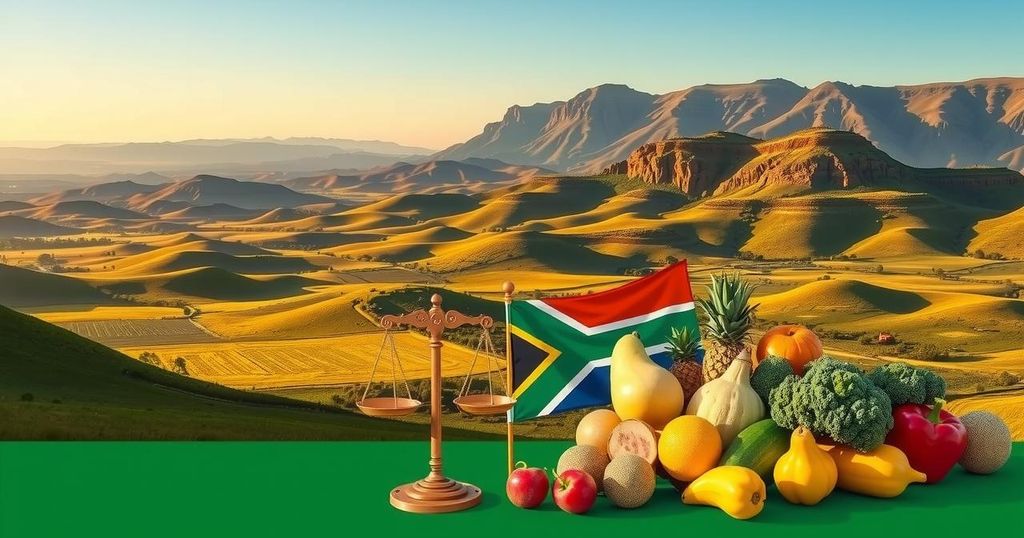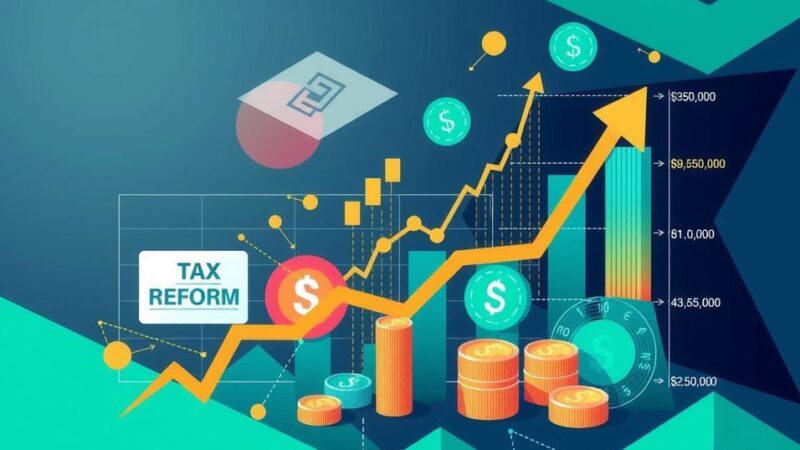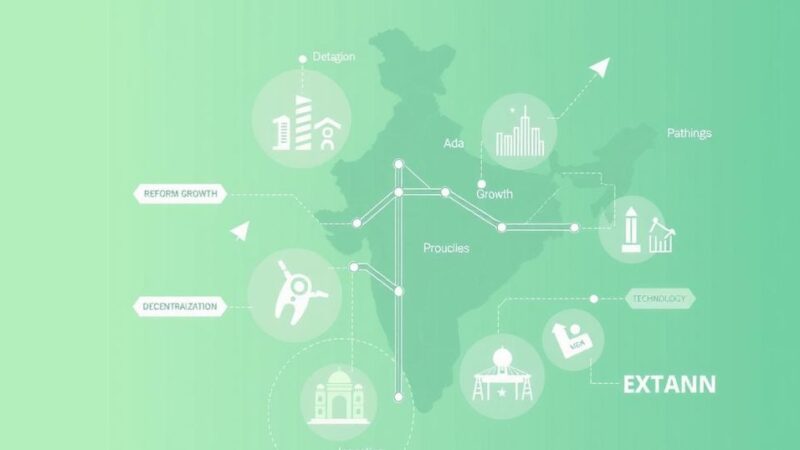South Africa’s inflation stabilized at 3.2% in February, unchanged from January. Key contributors included rising food and utility costs, particularly in staple goods like maize meal and samp. Some sectors saw price stability, while medical aid and fuel costs increased. Implications for monetary policy are under observation as economic conditions evolve.
In February, South Africa’s annual consumer price inflation held steady at 3.2%, unchanged from January and signaling a delicate balance amid rising costs. The steady rate marks the fourth consecutive month above the low of 2.8% recorded in October 2024. Of note, the consumer price index (CPI) saw a monthly increase of 0.9%, reflecting variations across specific categories while overall rates remained stable.
Key contributors to the inflation rate included sectors such as housing, utilities, food, and non-alcoholic beverages, which exerted significant inflationary pressure on the economy. The annual inflation rate for food and non-alcoholic beverages rose to 2.8% in February, up from 2.3% in January, largely driven by increasing prices of staple goods such as maize meal and samp.
Maize meal inflation surged to a 17-month high at 10.6%, with the cost of a 5kg bag rising from R68.52 last year to R74.91 this year. Similarly, the price of samp rose from R19.28 to R22.86 over the same period. According to Lekau Ranoto, the Director of CPI Operations at Stats SA, “The rise in prices is driven by inflationary pressure from farming and manufacturing of maize.”
In contrast, the consumer prices for meat remained stable in February with no change from January, maintaining an annual inflation rate of 0%. However, the index for hot beverages experienced significant growth, showing a 14.6% annual increase, with instant coffee rising to an inflation rate of 19.0%—the highest in six months.
Additionally, other sectors recorded notable increases as well; medical aid premiums increased by 10.5% compared to a 10.3% rise in 2024, while health services experienced a 6.1% increase versus 5% last year. Fuel prices also contributed to inflationary trends, with a 3.9% rise between January and February 2025, as the price of 95-octane petrol reached R22.41 inland.
“Recreation, sport and culture, food and non-alcoholic beverages, alcoholic beverages and tobacco, and communication recorded higher annual inflation rates in February,” commented Ranoto, emphasizing the broader inflationary patterns across sectors.
Despite rising prices in certain categories, some inflation rates subsided for personal care, health, accommodation, and household equipment, offering consumers some relief amid escalating costs. As these economic adjustments unfold, the implications for future monetary policy, particularly regarding the South African Reserve Bank’s response to repo rates, remain a focal point of speculation among observers.
In conclusion, South Africa’s inflation rate remains steady at 3.2%, driven by varied factors, notably rising food and utility costs while meat prices remain stable. The inflationary pressures reflect complex sectoral dynamics, with some categories showing increased rates and others experiencing a cooldown. Observers continue to scrutinize economic indicators for insights into future monetary policy shifts.
Original Source: evrimagaci.org






